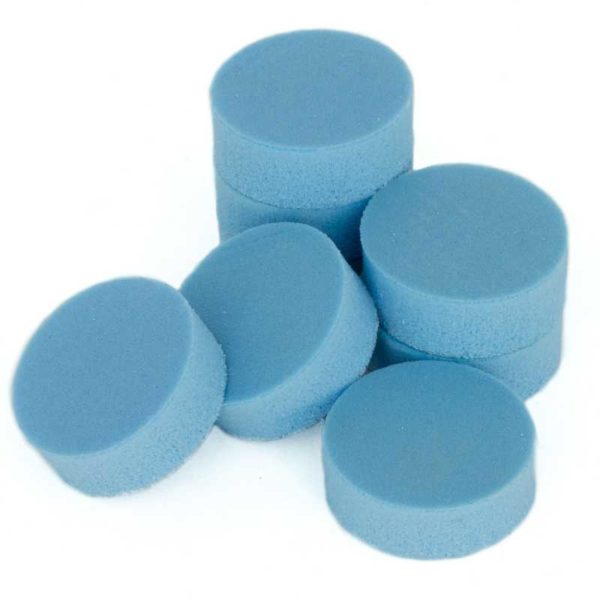Yes, I understand, what I'm saying is it's probably better to let Audyssey's delays stand and then adjust the EQ to fix the cliff. I'm really skeptical that just manually adjusting delay to produce a smooth FR is a good idea. Of course, you can adjust phase slightly to deal with dips, but if you're adjusting delay significantly then you're going to produce more than slight phase differences...just doing manual adjustments seems like a pretty bad idea unless you have a lot of experience with that and a deep understanding of FR vs phase and delay tradeoffs.
If the cliff is not just a null, I'm not sure what could be going on tbh as I've never seen an Audyssey result that created a rolloff before.... but honestly I've never seen a detailed examination of Audyssey's behaviour with more than 1 sub, so who knows what it's doing.
At the end of the day, the most proper solution if Audyssey isn't doing the job for whatever reason would be to get
a MiniDSP and use Multi-Sub Optimizer(as
previously suggested) since it's a much more sophisticated form of bass management. Short of getting a much more expensive AVR with Dirac's new bass module, I think that software produces the best multi-sub results out there.


